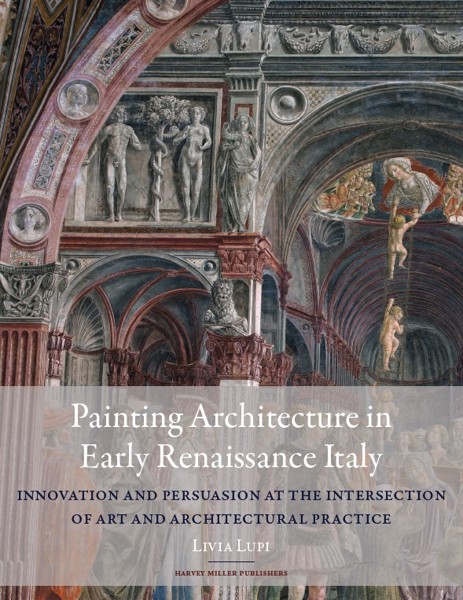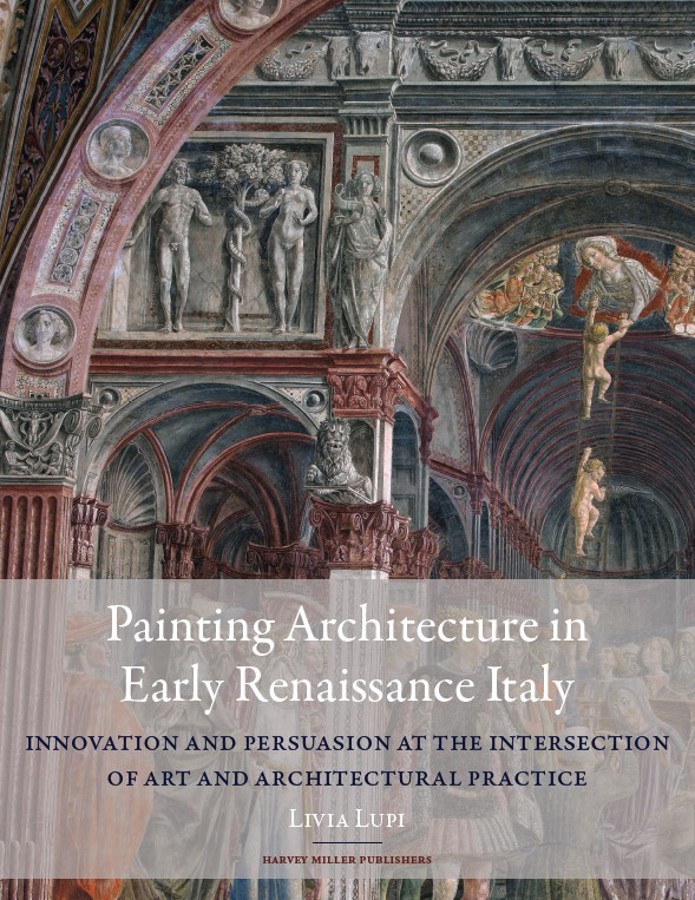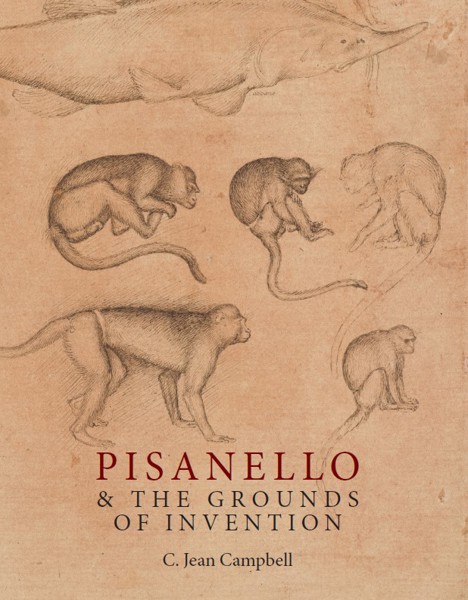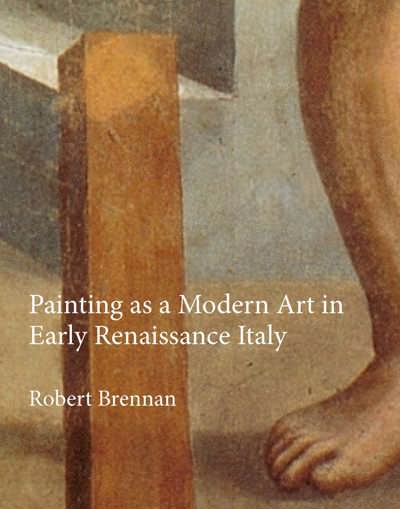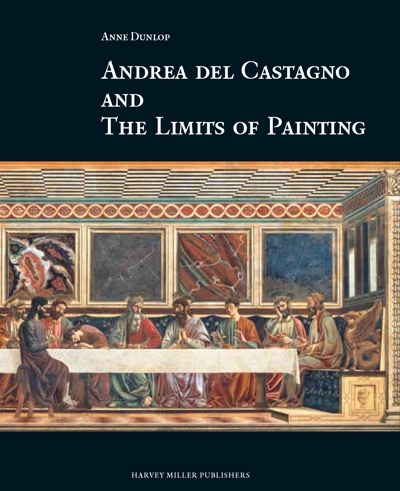
Painting Architecture in Early Renaissance Italy
Innovation and Persuasion at the Intersection of Artistic and Architectural Practice
Livia Lupi
- Pages: approx. 220 p.
- Size:220 x 280 mm
- Illustrations:3 b/w, 138 col.
- Language(s):English
- Publication Year:2024
- € 135,00 EXCL. VAT RETAIL PRICE
- ISBN: 978-1-915487-03-2
- Hardback
- Forthcoming (Jul/24)
*How to pre-order?
Focusing on three representative fresco cycles, this book reconsiders the painter-architect figure as an earlier phenomenon than currently acknowledged, offering a contribution to bridge the gap between art and architectural history
Livia Lupi is a historian of art and architecture in early modern Europe, with a focus on the intersection of artistic and architectural practice. Her work has been funded by the Arts and Humanities Research Council, the Leverhulme Trust and the Warburg Institute. In addition to her research, she regularly works as a curator, editor, and translator.
Why did artists include prominent architectural settings in their narrative paintings? Why did they labour over specific, highly innovative structural solutions? Why did they endeavour to design original ornamental motifs which brought together sculptural, painterly and architectural approaches, as well as showcasing their understanding of materiality? Painting Architecture in Early Renaissance Italy addresses these questions in order to shed light on the early exchanges between artistic and architectural practice in Italy, arguing that architecture in painting provided a unique platform for architectural experimentation.
Rather than interpreting architectural settings as purely spatial devices and as lesser counterparts of their built cognates, this book emphasises their intrinsic value as designs as well as communicative tools, contending that the architectural imagination of artists was instrumental in redefining the status of architectural forms as a kind of cultural currency. Exploring the nexus between innovation and persuasion, Livia Lupi highlights an early form of little-discussed paragone between painting and architecture which relied on a shared understanding of architectural invention as a symbol of prestige.
This approach offers a precious insight into how architectural forms were perceived and deployed, be they two or three-dimensional, at the same time clarifying the intersection of architecture and the figural arts in the work of later, influential figures like Giuliano da Sangallo, Raphael, Michelangelo and Baldassarre Peruzzi, whose work would not have been possible without the architectural experimentation of early fifteenth-century artists.
INTRODUCTION
The Architectural Imagination of Artists
Pictorial Space and Architecture in Painting
Visual Rhetoric
The Case Studies
All’antica Innovation and Paragone
1 A NEW ARCHITECTURAL CONSCIOUSNESS
MASOLINO DA PANICALE AT CASTIGLIONE OLONA
Masolino and Architecture
Architecture as Cultural Currency
Architecture, Nature and Encomiastic Ekphrasis
2 PERFORMING MAGNIFICENCE
THE PELLEGRINAIO AT SANTA MARIA DELLA SCALA IN SIENA
Ornament and Structure
Architectural Portrait and Ex Novo Reinvention
Building the Community
The Pellegrinaio as a Stage
3 BUILDING LEGITIMACY
FRA ANGELICO’S NICHOLAS V CHAPEL IN THE VATICAN PALACE
Fra Angelico and Architecture
Crafting Time and Place through Architecture
Dignity and Authority
Roman Echoes
CONCLUSION
Craftsmanship and Patronage
Innovation and Self-promotion
Disegno and Paragone
Architectural Forms as Persuasion
Appendix
